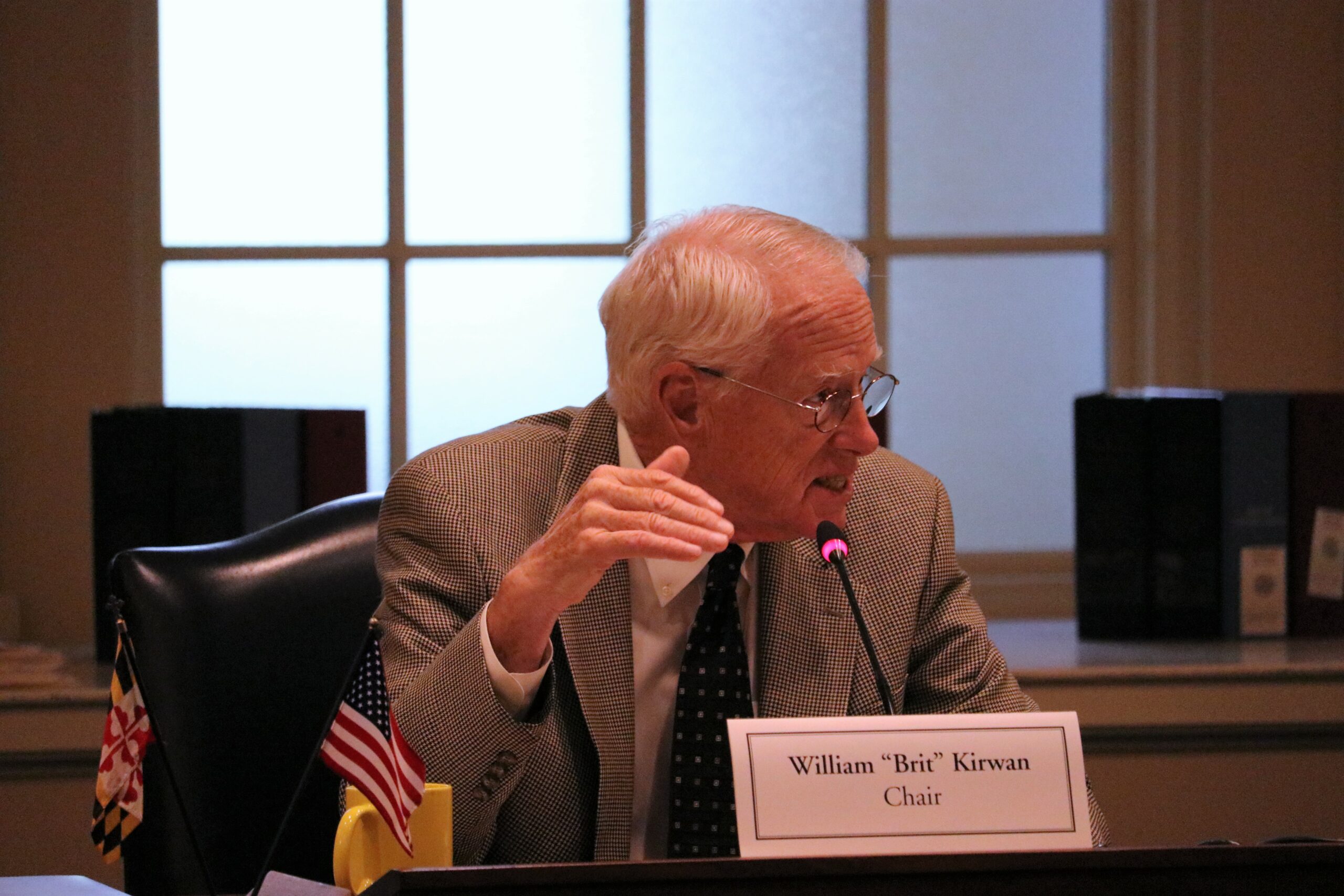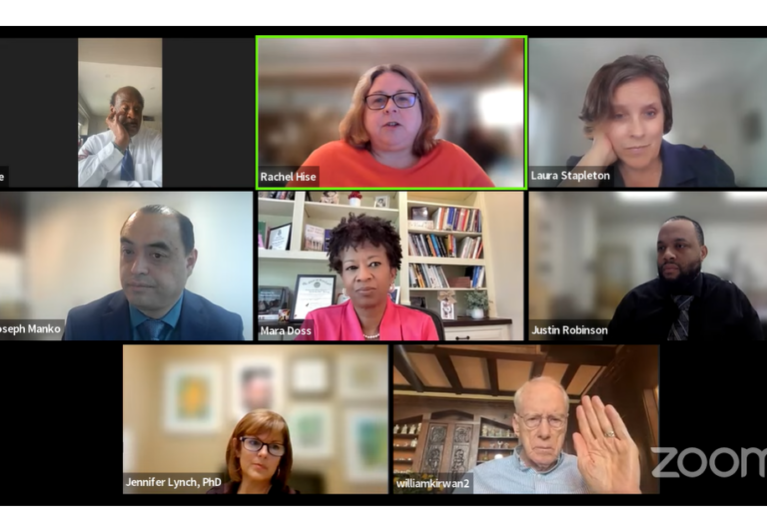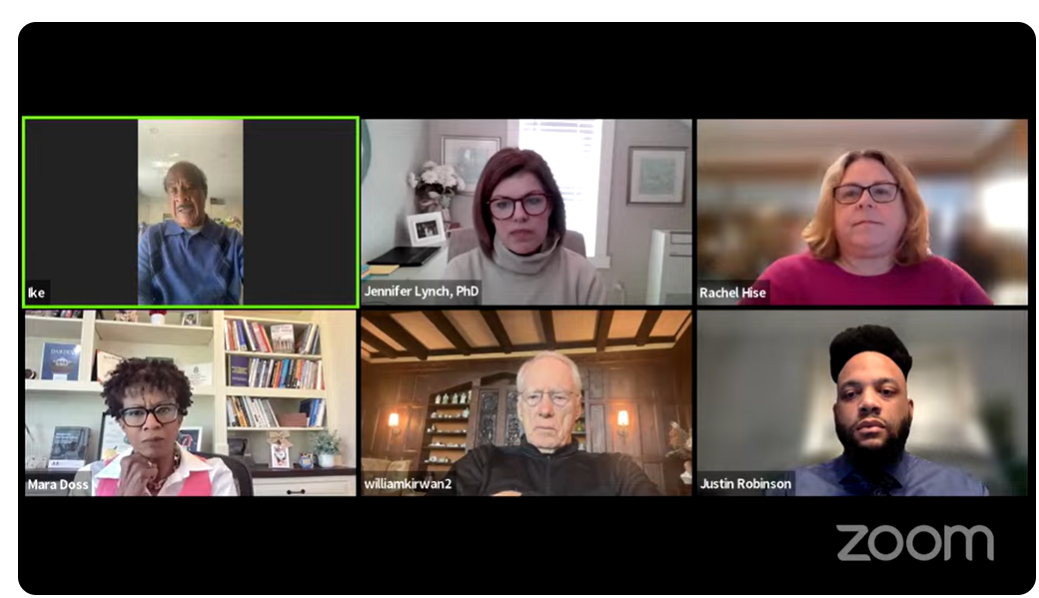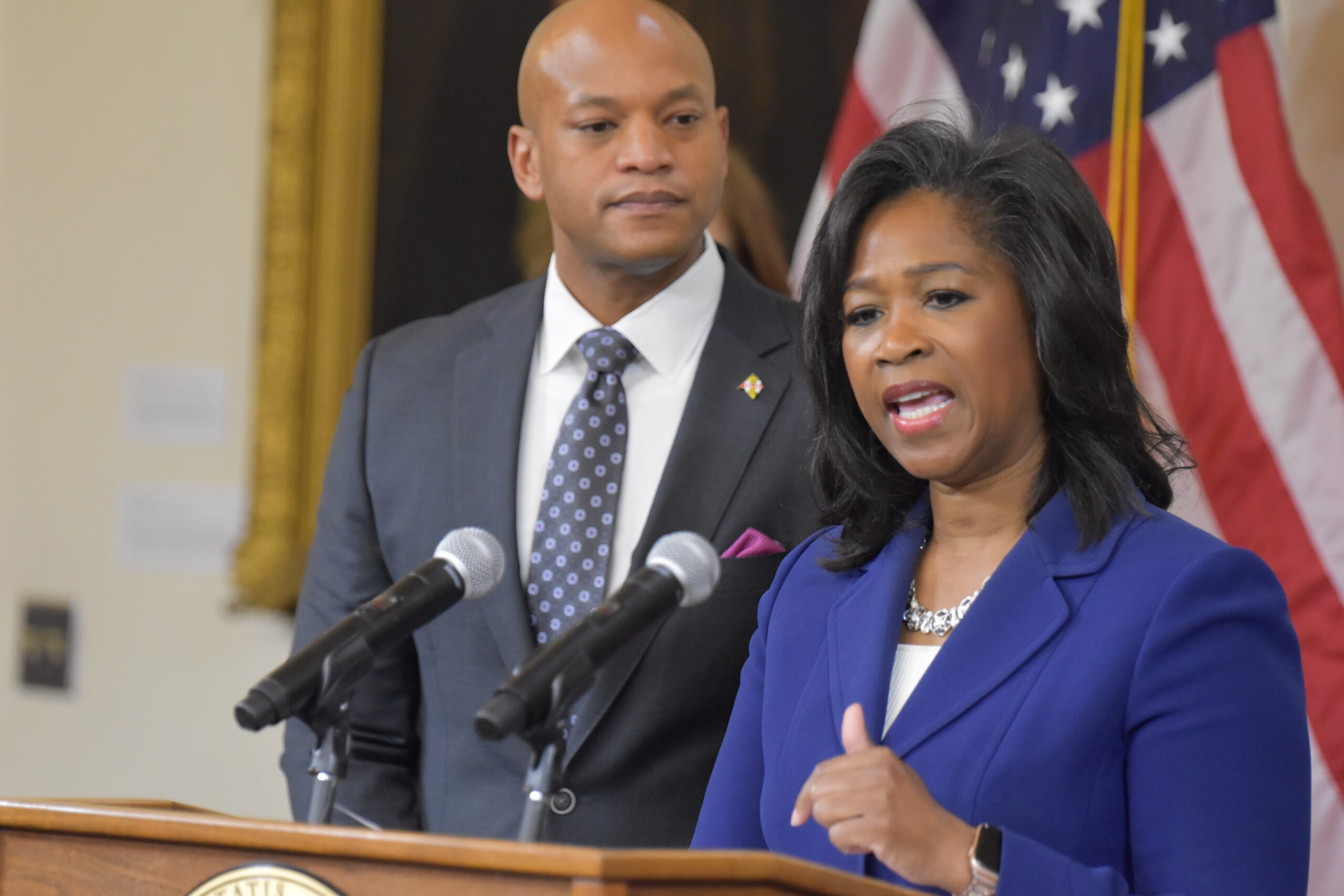
It has been an interesting and unsettling few days since the “Blueprint for Maryland’s Future” education reform bill was introduced and discussed a joint hearing Feb. 17.
The Maryland Association of Counties’ position is that it is the state’s constitutional obligation to fund education and that this new layer of funding should be borne completely by the state. Counties have been equal partners and funded schools well above the required maintenance of effort and have taken on teacher pensions and other expenses. Meanwhile, in highway user fees alone, the counties, collectively, have lost $3 billion in state funding over the last 10 years.
As a member of the Rural County elected officials’ panel, I attended the joint hearing to present information about the state’s obligation to fund education and the local impact of tax increases being considered to pay for the multi-billion-dollar legislation.
To say the process was fair and all views were given equal opportunity to be heard would be inaccurate, at best.
At the top of the hearing, Sen. Paul Pinsky, chairman of the Senate Education, Health and Environmental Affairs Committee announced, “We want to allow democracy and also have efficiency. We have other work to be done. Obviously, this is a crucial piece of legislation for the legislature and the state… We are using a timer today, for the first seven panels of elected officials, they will have two and a half minutes each…”

Talbot County Councilmember Laura Price. Photo
Copyright (c) 2018 by Karena Dixon www.karenadixon.com
Senate President Ferguson and House Speaker Jones, who are sponsoring the legislation, gave statements. They were followed by William E.”Brit” Kirwan, former chancellor of the University of Maryland System who led the commission that made reform recommendations, and Rachel Hise, from the Department of Legislative Services.
Sometimes legislators were cut off during questioning. When a delegate asked about funding, Chairman Pinsky stopped him, stating that discussion would focus on policy and that funding would be addressed later. He said that Kirwan and Hise were “not prepared to answer budget questions, they are here with the policy…”.
Really? Not prepared? That statement pretty much sums it up. No one wanted to hear about valid points of concern, let alone a negative position. During the entire three years of the “Kirwan Commission,” we were all told they were not there to discuss how it would be paid for, only to make policy recommendations. Wait until there is an actual bill in Annapolis, they told us, then we can talk about the fiscal impact. Now it’s the day of the hearing, the bill has been introduced and still the legislators, let alone the people, aren’t allowed to ask fiscal questions!
The main work for Ms. Hise from DLS was to put numbers to the policy. To say that she wasn’t there to answer financial questions is bizarre. Chairman Kirwan was there to advocate policy, and Ms. Hise, one would think, was there to answer funding questions.
The hearing continued with the executives of the most populous counties and the mayor of Baltimore. After they spoke, I expected our panel of rural county elected officials to be called, but we were not.
We were dead last on a list of 130 speakers to testify. An aide to Chairman Pinsky explained that, because we were listed as “letter of information,” we were at the bottom.
Testimony was front-loaded with favorable or favorable with amendments. We asked if the chairman could consider moving us up because we were elected officials and they had already heard from the larger counties. The answer was no.
Almost five hours into the hearing, some of us gave up and left. The room was emptying fast and elected officials from smaller jurisdictions, facing huge impacts, had not been heard.
This is not democracy. What was the point in speaking to a near empty room? Having only supporters fill the first couple hours paints a slanted view. That certainly should not be how hearings are conducted when massive changes and $32 billion in additional spending, over 10 years, are being considered.
But Democrats have finally realized that Kirwan cannot be paid for without an increase in taxes on the average Marylander.
If the state legislature does believe that Kirwan is a good idea, then they, not the counties, need to pay for it, need to raise the taxes and need to be held accountable for their actions.
— LAURA PRICE
The writer, a Republican, is a member of the Talbot County Council and serves as Talbot’s legislative liaison to the Maryland Association of Counties.




 Creative Commons Attribution
Creative Commons Attribution